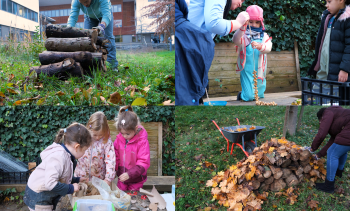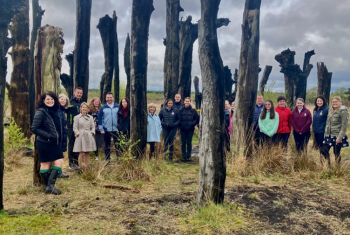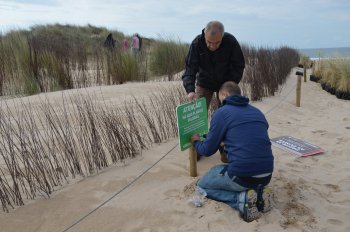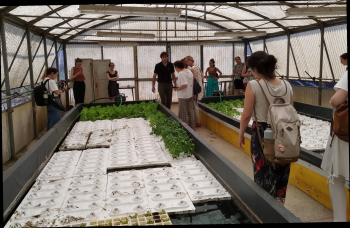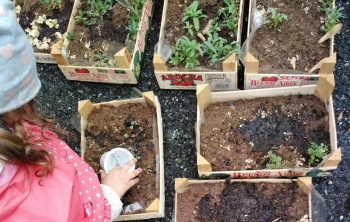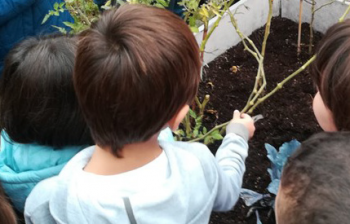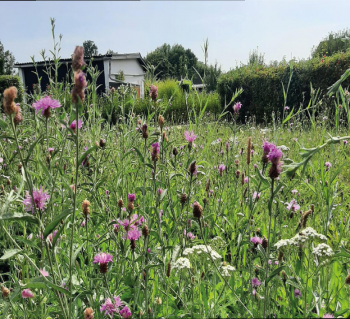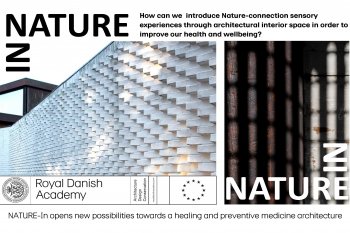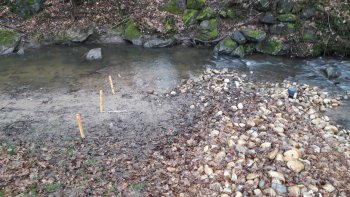NBSEduworld NbS Case Study: Vigie-Nature École – citizen science programme on biodiversity and associated actions
Vigie-Nature École is a biodiversity monitoring program focused on multiple groups of organisms. The primary goals of this data collection is to provide data to researchers in urban ecology and provide education to children in all the subjects related to biodiversity that we can cover. Our last development focuses on actions that pupils or children can take in order to improve both biodiversity and well-being within the schools.

